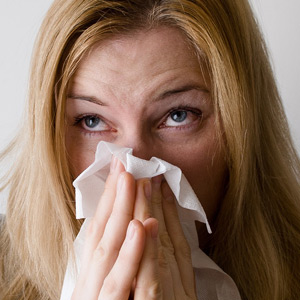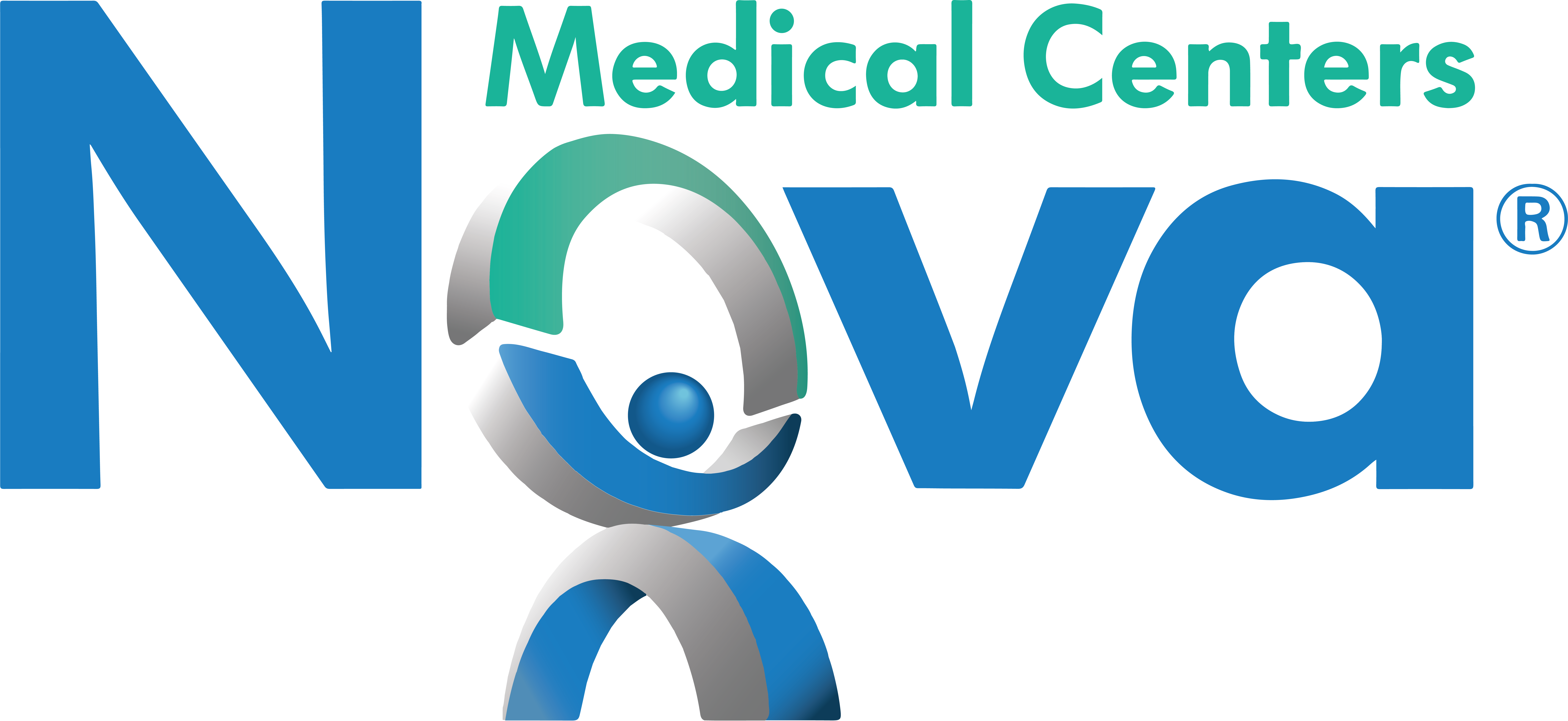
Allergies can make you feel like one of Snow White’s seven dwarfs –Sneezy or Sleepy to be exact. There’s Wheezy too –but that wasn’t one of Snow White’s crew.
When an allergy strikes, a runny nose, watery eyes, and cough are some of the challenges you may face. Those symptoms, or the medication you take for an allergy, can cause some sleepless nights. The end result is that it can be hard to stay awake and focused at work.
If you feel that your symptoms get worse when you go to work, it may be time to consider how your workplace is affecting your allergies.
Identifying workplace allergies
To better manage your allergy symptoms, you will need to consider whether they are getting worse at work, identify the potential triggers and make a plan for managing them.
Triggers
Allergy triggers can be both visible and invisible. Pollen, dust mites, and mold are a few common ones. Buildings that are tightly insulated or poorly ventilated can enclose allergens and, though you don’t see them, you feel them.
Other potential allergens are environmental hazards such as chemicals or fumes that can cause dizziness, shortness of breath or respiratory distress.
When addressing a worsening allergy, it’s important to look for potential sources. Some common ones are:
- Aerosols
- Cigarette smoke
- Chemicals
- Dust
- Cold air
- Cockroaches
- Mold and Mildew
- Perfume
- Pet Dander
- Pollen
- Smoke
- Wind
- Chemicals
- Dyes
- Fumes
- Salts
Workplace fixes
Make sure your workplace is well ventilated and has an appropriate humidity level to decrease the chance of mold growth. Experts suggest a level of 50 percent for an indoor office.
See a doctor
Consult with a doctor for advice on managing an allergy. If you take a medication for an allergy, such as an antihistamine, make sure it’s non-drowsy or non-sedating. Be aware of what you’re taking and how it may affect you including interactions with other medications or alcohol.
For more information on allergies in the workplace, go to ABCNews.go.com



